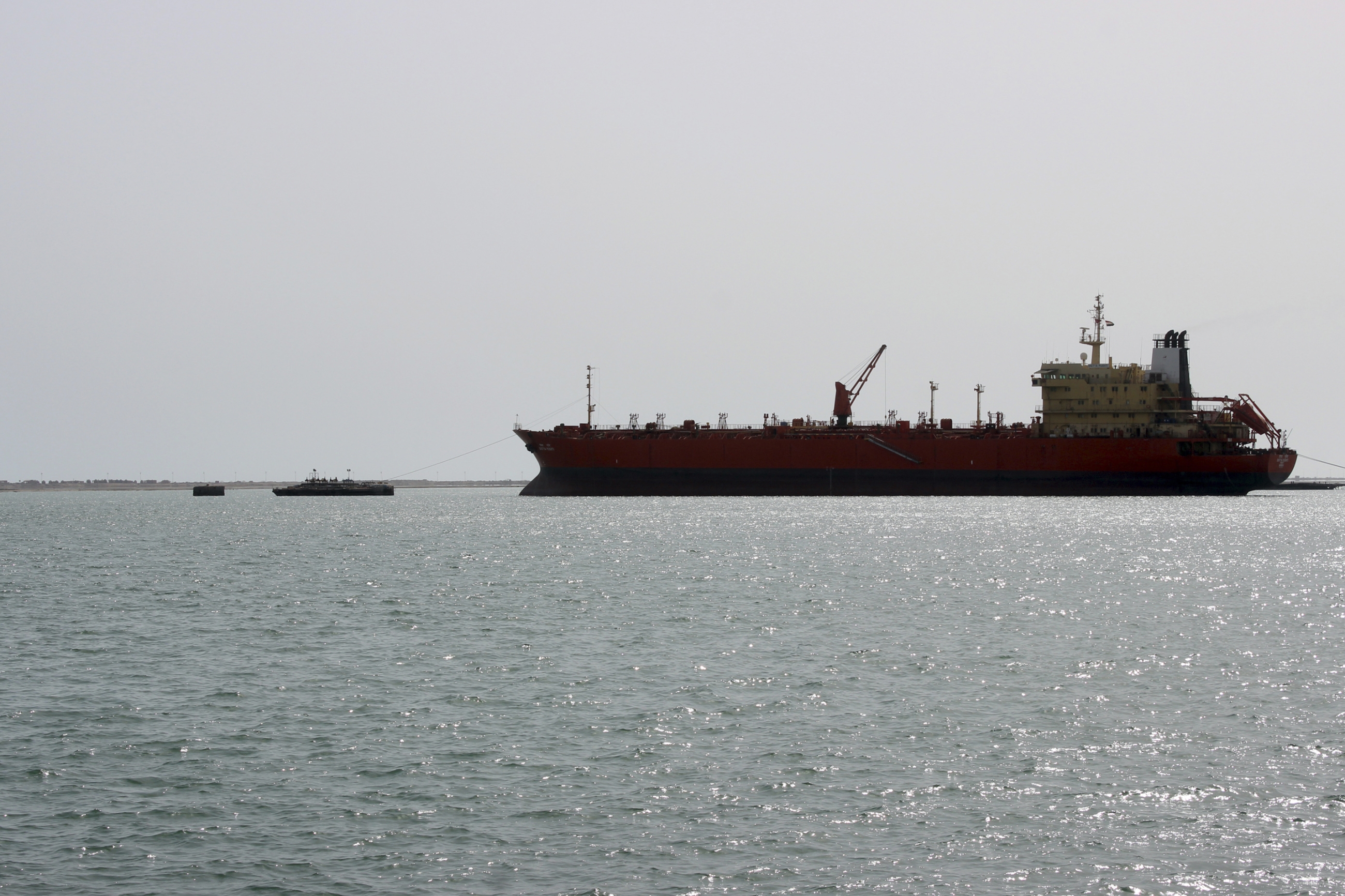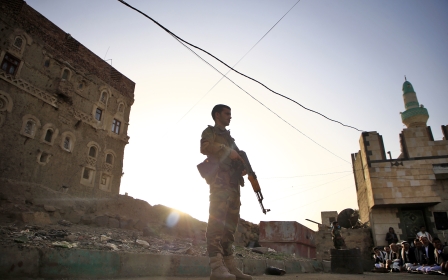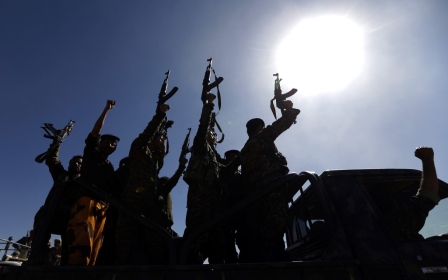'Decaying' oil tanker off Yemen coast threatens massive oil spill, says UN

The United Nations has warned that a "decaying" oil tanker moored 60 km north of Yemen's port city of Hodeidah threatens to spill more than one million barrels of oil into the Red Sea.
UN aid chief Mark Lowcock told the UN Security Council on Monday that he was working with the Houthi rebel forces to access the deteriorating tanker and take steps to avert a crisis that could be worse than the Exxon Valdez oil spill of the late 1980s.
"If the tanker ruptures or explodes, we could see the coastline polluted all along the Red Sea," Lowcock, the under-secretary-general for humanitarian affairs and emergency relief coordinator, said.
"Depending on the time of year and water currents, the spill could reach from Bab el Mandeb to the Suez Canal, and potentially as far as the Strait of Hormuz," he added.
New MEE newsletter: Jerusalem Dispatch
Sign up to get the latest insights and analysis on Israel-Palestine, alongside Turkey Unpacked and other MEE newsletters
The oil tanker, named Safer, was constructed in 1976 and has been moored off Yemen's coastline near Hodeidah since 1988, acting as a floating storage and offloading (FSO) terminal to receive Yemeni export crude and load it onto vessels.
Safer has not been in use since the Houthis took control of Hodeidah in 2015, but it is estimated to hold 1.1 million barrels of oil. Because of its age, a lack of maintenance, and the breakdown of the crude inside, it has led to a growing risk of a chemical explosion.
'The spill could reach from Bab el Mandeb to the Suez Canal, and potentially as far as the Strait of Hormuz'
- Mark Lowcock, UN aid chief
Last week, the Houthi rebels granted UN officials access to the terminal, said Lowcock. His assessment team should be able to board the Safer over the next two weeks if the Houthis "continue to facilitate this work", he added.
"I leave it to you to imagine the effect of such a disaster on the environment, shipping lanes and the global economy," Lowcock said.
"If a major spill occurs, the world will surely demand answers from anyone who could have prevented the catastrophe but chose not to."
Lowcock did not provide a timeframe on when a leak or explosion may happen, but experts said the risk of such a disaster increases as flammable gases build up.
'Massive bomb'
In April, the Atlantic Council, a Washington-based think tank, said the Safer had effectively become a "massive bomb" thanks to the flammable gas that was building up inside and could be ignited at any moment by a spark or stray bullet.
The rusting hull is also prone to ruptures and, given the quantity of oil stored at the terminal, a leak could be "roughly four and a half times the size of the Exxon Valdez oil spill" that wrecked Alaska's coastline in 1989.
In May 2018, the think-tank Conflict and Environment Observatory warned of the potential danger of a disaster caused by an oil spill from the Safer.
"The Red Sea remains highly biodiverse, with coral reefs, coastal mangroves and many endemic species. But with restricted water circulation and fragile marine ecosystems, the Red Sea is particularly vulnerable to oil pollution," they wrote in a report.
Hodeidah is the site of a tense standoff between the Houthis, who control the city and until recently its three ports, and a Saudi Arabia-led military coalition in support of the government of President Abd Rabbuh Mansour Hadi.
As part of a ceasefire deal between the country's warring sides late last year, the Houthis have partly withdrawn from the key port city.
Lowcock's comments come at a time of heightened regional tensions, as the United States and its Gulf allies have accused Iran of carrying out attacks on oil tankers in the Gulf of Oman to destabilise a key oil-shipping route.
Middle East Eye delivers independent and unrivalled coverage and analysis of the Middle East, North Africa and beyond. To learn more about republishing this content and the associated fees, please fill out this form. More about MEE can be found here.




